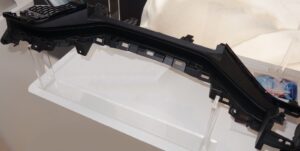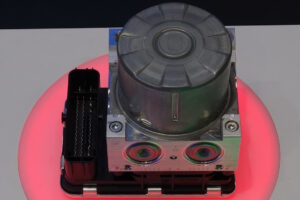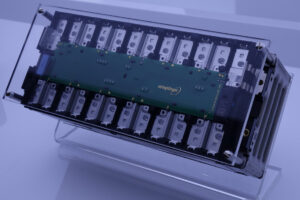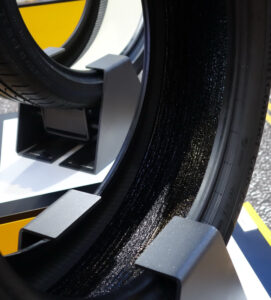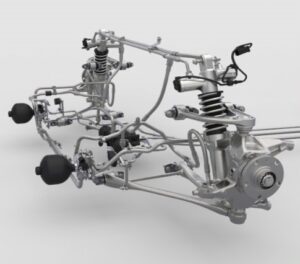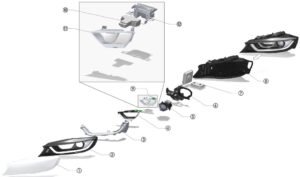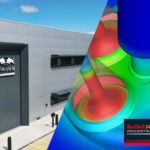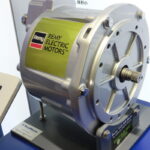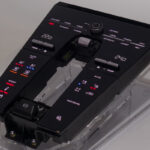When it comes to developing and validating advanced driver assistance systems (ADAS) and autonomous driving (AD), data-driven processes are indispensable nowadays. The tools and methods used generate huge volumes of data. This “flood” of terabytes (TB) poses major challenges to ADAS/AD customers. AVL and b-plus offer an integrated overall solution to this, with which data acquired during real journeys can be efficiently recorded, managed and processed.
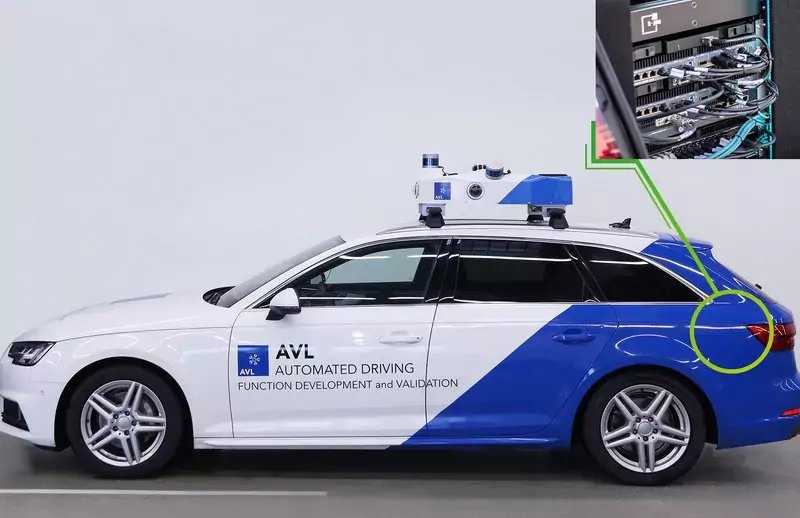
It requires many representative test drives in the most realistic environments possible to control the performance of ADAS/AD sensors and driving functions. The higher the degree of automation (SAE level 0 to 5) of the car, the more this applies. Nevertheless, it is possible to implement cost-efficient and reliable validation methods – for example, through objective comparisons between vehicle cognition and a high-precision environmental reference, also known as ground truth.
The AVL Dynamic Ground Truth System™ (DGT) is pioneering in this field. This reference system allows 360° environment recognition, which is completely independent of the test vehicle’s sensors. Lidar sensors, high-resolution cameras and GNSS systems record the environment around the test vehicle and generate a continuous data stream of 1 TB per hour. At the same time, the sensor data from the test vehicle is also recorded in the DGT system, which means a similar volume of data.
In practice, the data continues to mount up: more than 20 TB per vehicle is the norm in a standard eight-hour shift. Global driving campaigns, which typically use 20 or more vehicles, soon reach volumes of around 0.5 petabytes (PB) per day. These figures illustrate just how important an efficient and high-performance validation environment is to a successful safeguarding.
AVL’s DGT system masters these challenges thanks to BRICK 2 from b-plus. This integrated data logger synchronously records the input from reference systems and vehicle sensors. In the subsequent processing, performance and scalability are key: Using b-plus COPYLynx, the data is automatically transferred to a high-performance computer center or a corresponding data cloud, where the AVL ADAS/AD Analytics Platform (AAP) immediately organizes and analyses it.

